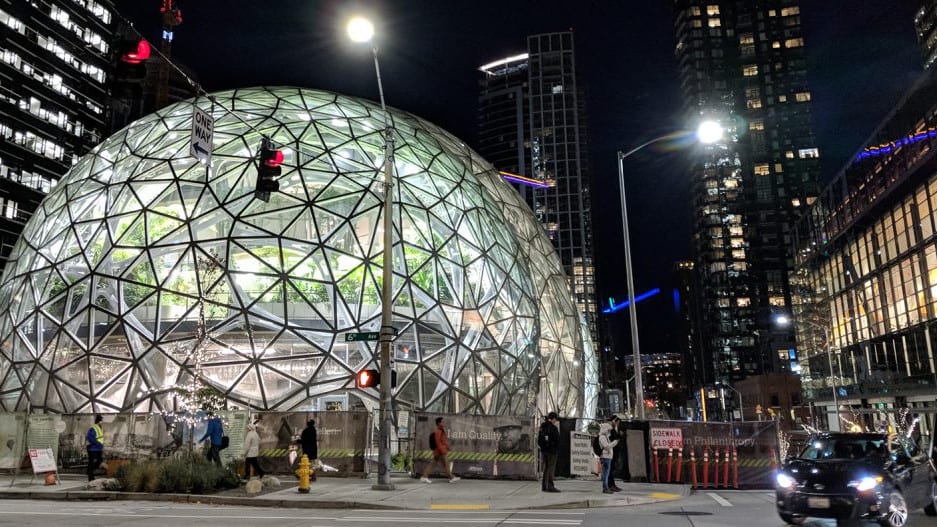How does a place get a reputation
by Jason McGrath, SVP, IPSOS
Some of the scariest words in economic development are, “it’s a nice place to visit, but I wouldn’t want to live there.” It’s a trope because it’s a sentiment people express every day. It speaks to the reputation of a place in general, and to aspects of that perception specifically. Cities and nations are places where people live, visit and work.
It's great to see that you're enjoying our content.
You've already read one article this month. Please sign in or create an account to continue reading - it's completely free and will only take a minute!
Thank you for using City Nation Place!
To access please sign in








